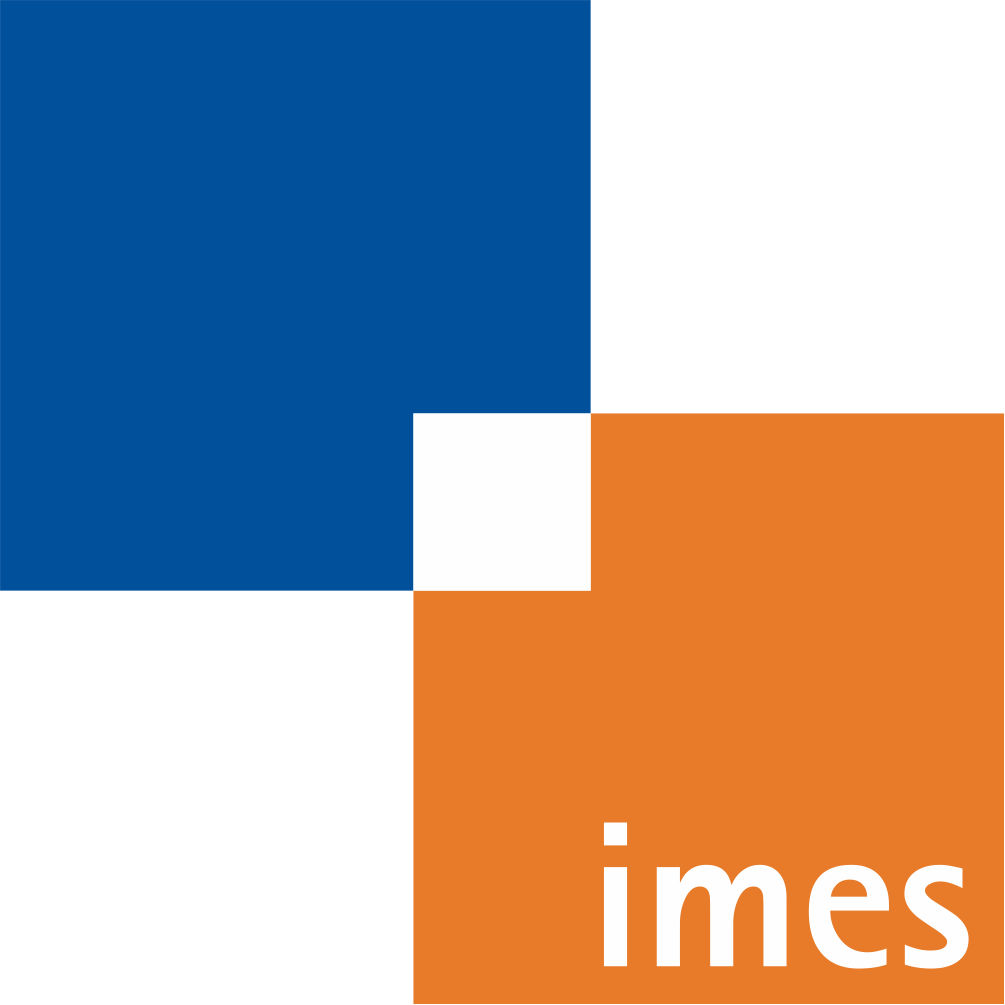Workflow assessment as a preclinical development tool
Surgical process models of three techniques for minimally invasive cochlear implantation
- verfasst von
- Samuel Müller, Lüder A. Kahrs, Johannes Gaa, Sebastian Tauscher, Marcel Kluge, Samuel John, Thomas S. Rau, Thomas Lenarz, Tobias Ortmaier, Omid Majdani
- Abstract
Purpose: Minimally invasive cochlear implant surgery is a challenging procedure due to high demands on accuracy. For clinical success, an according assistance system has to compete against the traditional approach in terms of risk, operating time and cost. It has not yet been determined what kind of system is the most suited. The purpose of this study is a proof of concept of surgical process modeling as a preclinical development tool and the comparison of workflow concepts for this new approach. Methods: Three preclinical systems (two stereotactic and one robotic) for minimally invasive cochlear implant surgery are compared using the method of surgical process modeling. All three systems were successfully tested with ex vivo human specimen to create minimally invasive surgical access to the cochlea. Those systems where chosen for comparison, because they represent three diverse approaches with different corresponding workflows for the same intervention. The experiments were used to create a process model for each system by recording the interventions. Results: All three conceptual systems developed by our group have shown their eligibility. The recorded process models provide a convenient method for direct comparison. Reduction in the surgical time has a higher impact on the process, than time that is needed for setting up a system beforehand. The stereotactic approaches have little preparation effort and are low cost in terms of hardware compared to the robotic approach, which in return is beneficial in terms of workload reduction for the surgeon. Conclusion: Surgical process modeling is suitable for comparison of different assistant systems for minimally invasive cochlear implantation. The benefit of reduced trauma, compared to the traditional mastoidectomy, can now be assessed with consideration of the workflow of each technique. The process models enable an assessment in the regard of surgical time and workload.
- Organisationseinheit(en)
-
Institut für Mechatronische Systeme
- Externe Organisation(en)
-
Medizinische Hochschule Hannover (MHH)
- Typ
- Artikel
- Journal
- International journal of computer assisted radiology and surgery
- Band
- 14
- Seiten
- 1389-1401
- Anzahl der Seiten
- 13
- ISSN
- 1861-6410
- Publikationsdatum
- 01.08.2019
- Publikationsstatus
- Veröffentlicht
- Peer-reviewed
- Ja
- ASJC Scopus Sachgebiete
- Chirurgie, Biomedizintechnik, Radiologie, Nuklearmedizin und Bildgebung, Maschinelles Sehen und Mustererkennung, Gesundheitsinformatik, Angewandte Informatik, Computergrafik und computergestütztes Design
- Elektronische Version(en)
-
https://doi.org/10.1007/s11548-019-02002-3 (Zugang:
Geschlossen)
